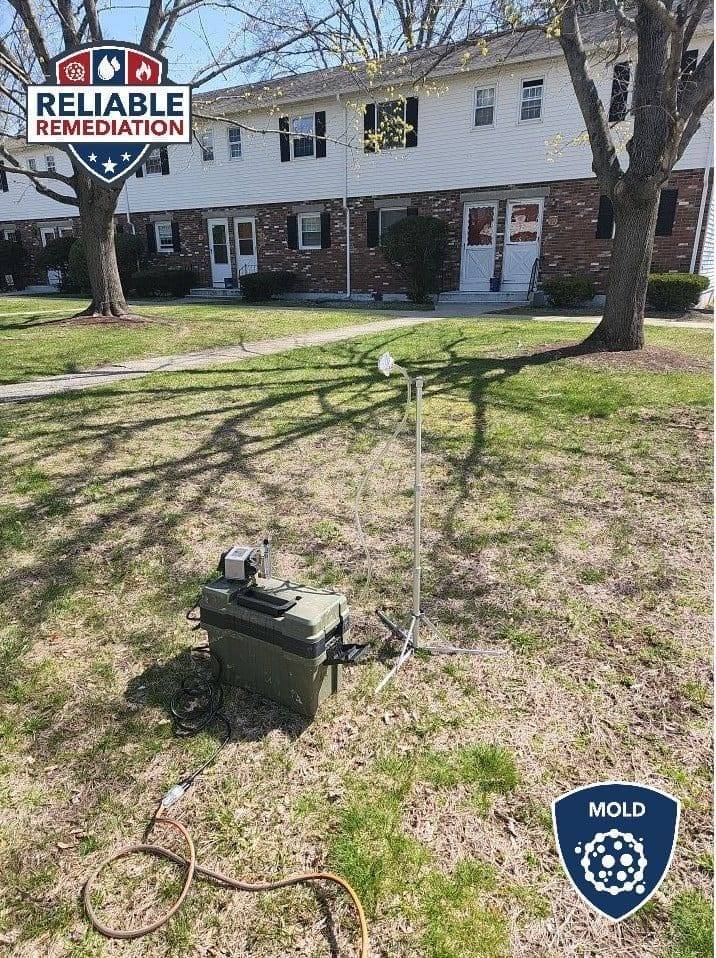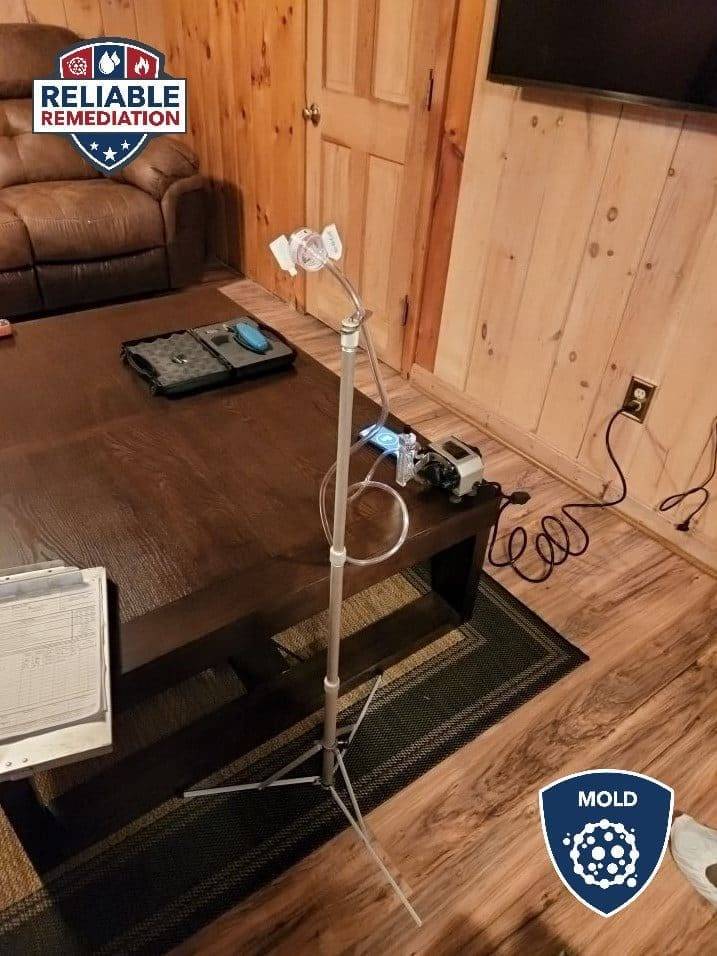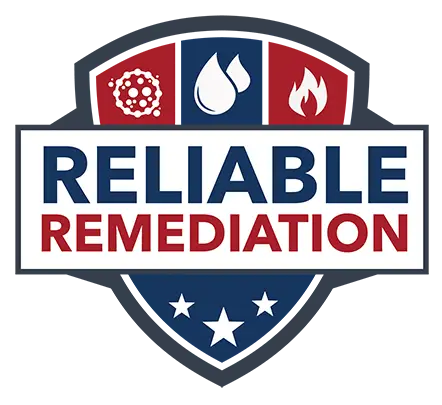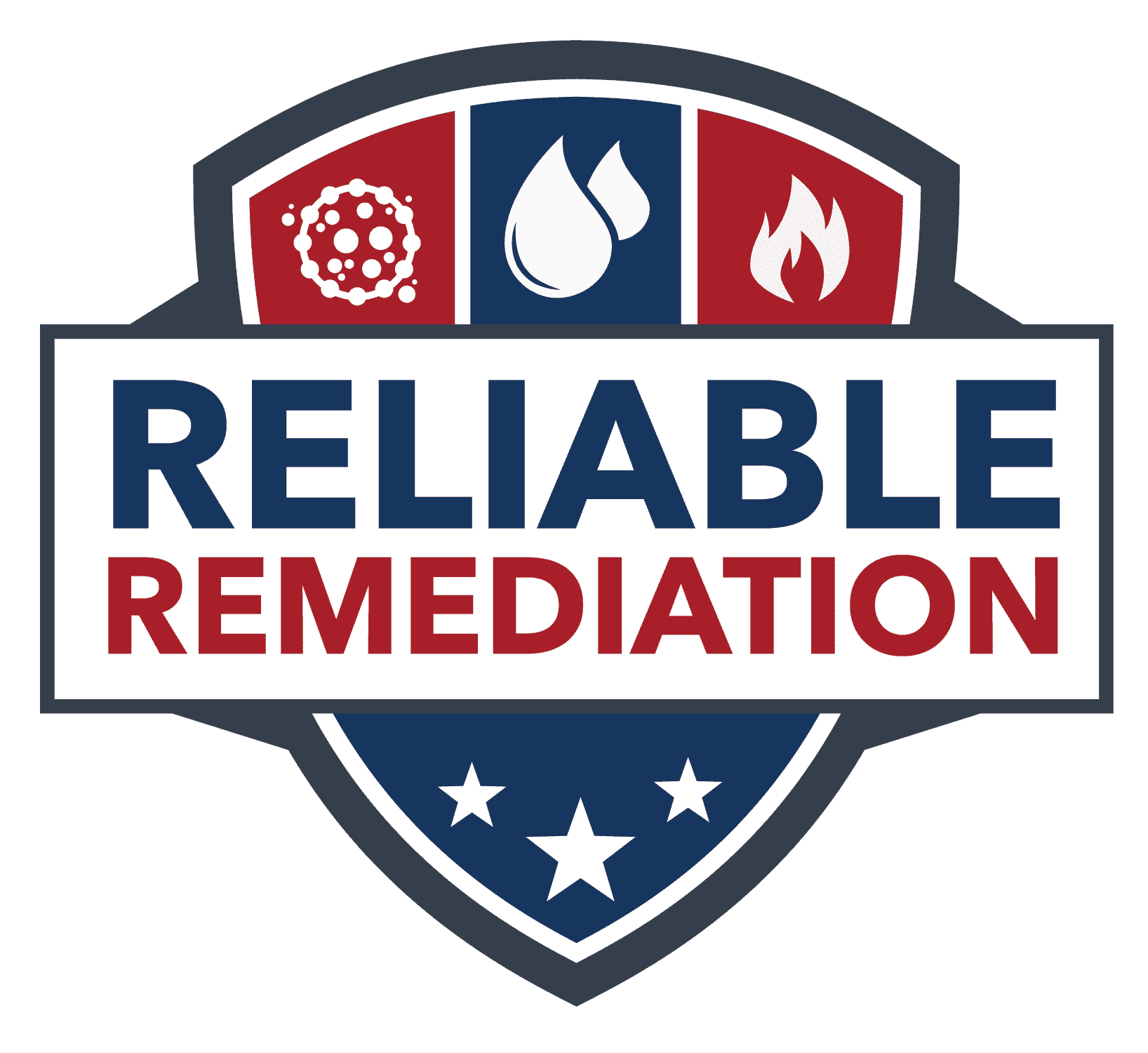Mold Testing
Mold testing, especially using air samples, should be used as a “screening” tool to separate the difference between typical and atypical indoor conditions and not as criteria for declaring an environment “safe” or “unsafe.”
Example: Cladosporium may commonly grow indoors in sub-tropical climates as well as inside HVAC systems, and on window panes (from condensation). Many molds can be found both indoors and outdoors. Finding low or isolated spores of any genera should be viewed as normal occurrence – especially barring any history of water intrusion, extended exposure to elevated relative humidity, or actual visible growth.




According to the US Environmental Protection Agency: In most cases, if visible mold growth is present, sampling is unnecessary. Since no EPA or other federal limits have been set for mold or mold spores, sampling cannot be used to check a building’s compliance with federal mold standards. Surface sampling may be useful to determine if an area has been adequately cleaned or remediated. Sampling for mold should be conducted by professionals who have specific experience in designing mold-sampling protocols, sampling methods, and interpreting results. Sample analysis should follow analytical methods recommended by the American Industrial Hygiene Association (AIHA), the American Conference of Governmental Industrial Hygienists (ACGIH), or other professional organizations. (Emphasis mine).
Outdoor airborne concentrations can vary 10-100 fold on an hour-by-hour basis depending on the sampling location, the meteorological conditions at the time of sample collection, the time of day, wind velocity, and seasonal variability. The indoor environment typically has a fewer number of variable conditions and the mold spore concentrations will typically vary no more than 2-5 fold over an entire week. Existing peer-reviewed literature clearly states that performing simultaneous indoor/outdoor comparisons using limited data by itself, and without considering both the variability and magnitude of measured concentrations, is scientifically unreliable. One must also consider that the sampling and analysis variability on an individual sample can vary ± 30%. Although indoor spore concentrations are typically lower than the seasonal average for outdoor levels, measuring higher mold spore concentrations indoors (even in the absence of indoor mold growth sources) can be a common and normal occurrence.
It’s Easy to Get the Help You Need

Get an Evaluation

Receive a Customized Plan


